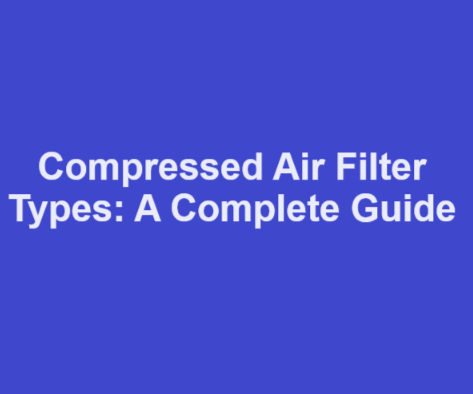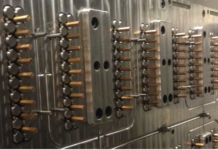
Compressed air is a critical utility in various industries, from manufacturing and automotive to food processing and pharmaceuticals. However, the quality of compressed air can significantly impact the performance and longevity of pneumatic equipment and the products they produce. To ensure clean, contaminant-free air, compressed air filters are essential. In this comprehensive guide, we will explore the different types of compressed air filters available, their applications, and their importance in maintaining air quality. For more information and to explore a wide range of filter options, visit www.lingyumachinery.com.
Why Compressed Air Quality Matters
Compressed air quality is a critical consideration in many industrial processes. Contaminants such as dust, oil, water vapor, and microorganisms can adversely affect equipment performance and the quality of end products. These contaminants can lead to increased maintenance costs, decreased operational efficiency, and compromised product integrity.
Types of Compressed Air Filters
1. Particulate Filters: Particulate filters, also known as mechanical filters, are designed to remove solid particles such as dust, rust, and scale from the compressed air. They use various filter media, including paper, pleated paper, and synthetic materials, to trap and remove particles of different sizes.
2. Coalescing Filters: Coalescing filters are designed to remove oil and water aerosols from compressed air. These filters work by capturing fine oil and water droplets and coalescing them into larger droplets that can be drained or removed.
3. Activated Carbon Filters: Activated carbon filters are used to remove odors, hydrocarbons, and volatile organic compounds (VOCs) from compressed air. They are often used in applications where air quality and odor control are essential, such as the food and beverage industry.
4. Desiccant Dryers: While not technically filters, desiccant dryers are essential for removing water vapor from compressed air. These dryers use a desiccant material to adsorb moisture from the air, ensuring dry air for critical processes.
5. High-Efficiency Filters: High-efficiency filters combine multiple filtration stages to remove particulates, oil, and water aerosols in a single unit. They are highly efficient and ideal for applications requiring the highest air quality standards.
Choosing the Right Compressed Air Filter
Selecting the appropriate compressed air filter is crucial for maintaining air quality and optimizing equipment performance. To make an informed choice, consider the following factors:
Application: Determine the specific contaminants present in your compressed air and the quality requirements of your application.
Flow Rate: Ensure that the filter’s capacity matches your compressed air system’s flow rate to prevent pressure drops and maintain system efficiency.
Filter Element: Choose a filter element that suits your application’s needs, considering factors like filter media type and filtration efficiency.
Maintenance: Consider ease of maintenance and the cost of replacement filter elements when choosing a filter.


















